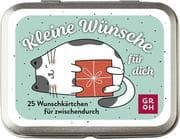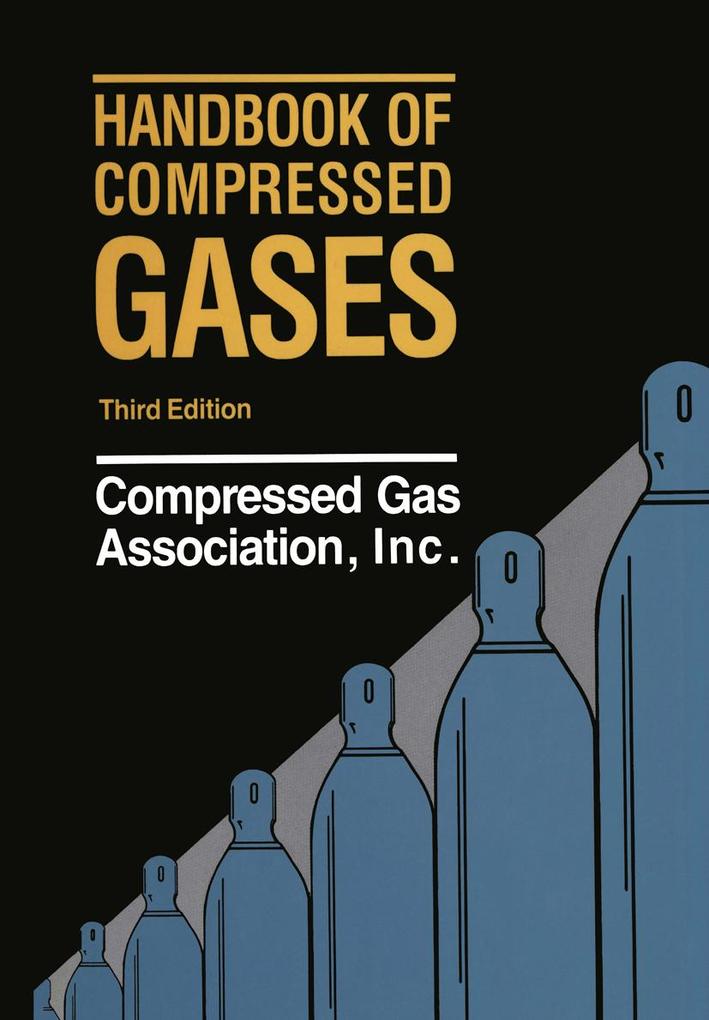In the field of compressed gases and related equipment, there is an expanding core of essential knowledge that people handling and using these materials should be familiar with or should know where to find when necessary. The focus of this book concerns the properties and the accepted means of trans portation, storage, and handling of compressed gases. This Handbook is simul taneously intended as an overview of the subject and a source of supplementary information. It is also intended to serve as a guide to pertinent federal regulatory requirements and published standards of the Compressed Gas Association and other standards-writing bodies. Readers are advised that the CGA technical pamphlets remain the official state ment of policy by the Association on a particular matter. Reference is made throughout this text to the numerous technical pamphlets published by the Com pressed Gas Association. Some of these publications have been incorporated by reference into federal, state, provincial, and local regulations. Since these pam phlets are reviewed on a periodic basis, wherever the text of this Handbook may be found in conflict with corresponding information in the CGA technical pam phlets, the latter shall take precedence.
Inhaltsverzeichnis
I. Compressed Gases and Related Equipment.- 1. Compressed and Liquefied Gases Today.- 2. Regulations Pertaining to Compressed Gases.- 3. General Properties of Gases.- 4. Compressed Gas Containers and Appurtenances.- 5. Safety Guidelines for Compressed Gases and Cryogenic Liquids.- II. Specific Technical Information for Compressed Gas Equipment.- 6. Handling Bulk Shipments of Liquefied Compressed Gases.- 7. Pressure Relief and Safety Devices.- 8. Cylinder Valve, Cylinder Ancillary Equipment, and Bulk Transfer Connections.- 9. Compressed Gas Cylinders: Marking, Labeling, Inspection, Testing, Filling, Disposition.- 10. Cleaning Components, Equipment and Systems for Oxygen Service.- III. Compressed Gases and Gas Mixtures: Properties, Manufacture, Uses, and Special Requirements for Safe Handling.- Acetylene.- Air.- Ammonia (Anhydrous).- Argon.- Arsine.- Boron Trichloride.- Boron Trifluoride.- 1, 3-Butadiene (Butadiene).- Carbon Dioxide.- Carbon Monoxide.- Carbon Tetrafluoride.- Chlorine.- Diborane.- Dichlorosilane.- Ethane.- Ethylene.- Ethylene Oxide.- Fluorine.- Fluorocarbons.- Helium.- Hydrogen.- Hydrogen Bromide.- Hydrogen Chloride, Anhydrous.- Hydrogen Fluoride.- Hydrogen Sulfide.- Liquefied Petroleum Gases.- Methane.- MAPP® Gas.- Methylamines (Anhydrous).- Methyl Bromide.- Methyl Chloride.- Nitric Oxide.- Nitrogen.- Nitrogen Dioxide.- Nitrogen Trifluoride.- Nitrous Oxide.- Oxygen.- Phosgene.- Phosphine.- Rare Gases: Krypton, Neon, Xenon.- Silane.- Sulfur Dioxide.- Sulfur Hexafluoride.- Vinyl Chloride.- Gas Mixtures.- IV. Appendices.- Appendix 1: Glossary of Terms.- Appendix 2: List of Abbreviations.- Appendix 3: State Regulatory Agencies and Codes 603 Appendix 4: Publications of the Compressed Gas Association.













